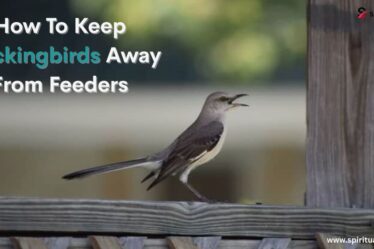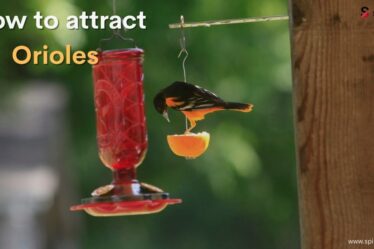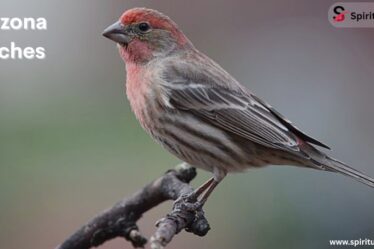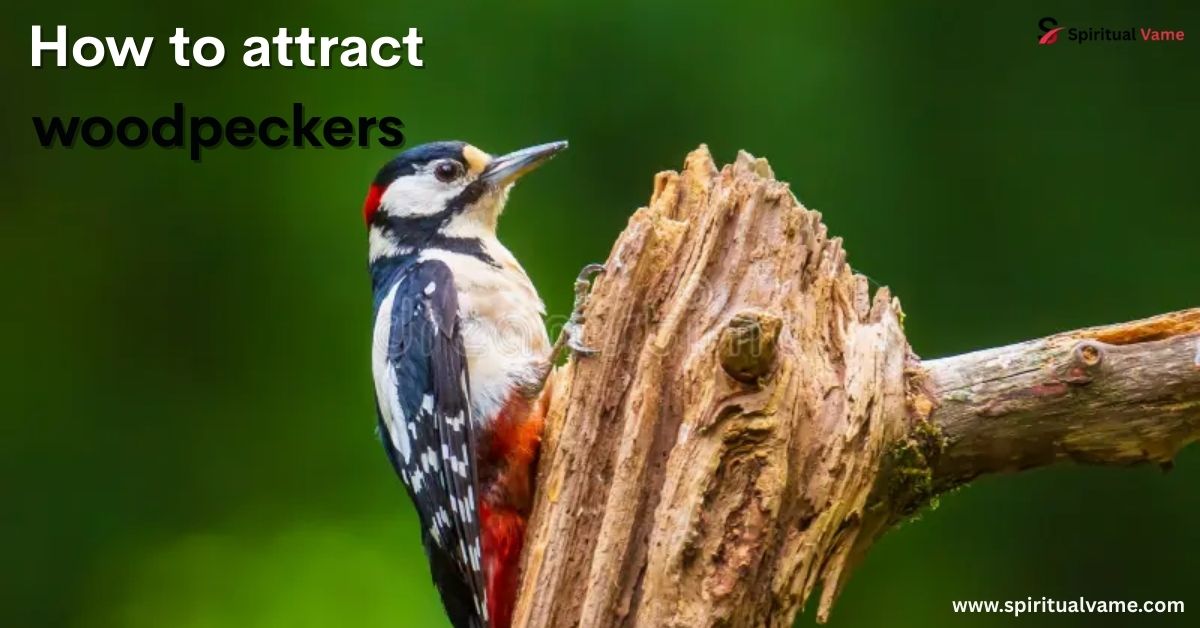
Woodpeckers are among the most fascinating birds you can invite into your backyard. Their colorful feathers, unique drumming sounds, and playful habits make them a joy to watch. If you live in the USA and you’re wondering how to attract woodpeckers, it’s all about offering a welcoming space full of food, water, and shelter. Let’s dive deep into easy ways to make your yard a woodpecker paradise using simple, natural methods that these lovely birds can’t resist.
How to Attract Woodpeckers to Your Backyard
Bringing woodpeckers to your backyard starts with understanding what they love. These birds are drawn to areas where they can find plenty of food like mealworms, sap, insects, black oil sunflower seeds, and peanut butter. If you hang up suet feeders filled with suet cakes, suet plugs, or even a homemade suet blend, you’ll get their attention fast. Using wire cages, log feeders, or spreading bark butter along tree trunks mimics the natural places they search for food.
Beyond just food, woodpeckers also need a safe, natural environment. Leaving old tree trunks, also called snags, in your yard creates perfect spots for them to drum and nest. You can also plant native trees like oak, pine, and birch, which offer both food and shelter. Think of it this way: if your backyard looks a little wild and woodsy, it’s exactly what woodpeckers are looking for!
Woodpecker Species You Can Attract
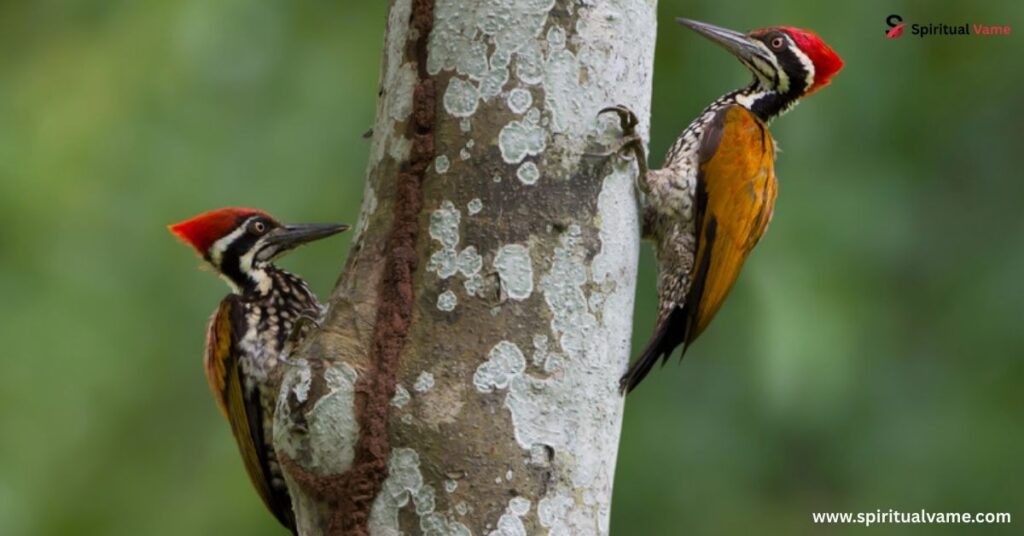
Across North America, there’s an amazing variety of woodpecker species you can invite into your yard. The small but mighty Downy Woodpecker loves backyards with lots of suet cakes and berries. The larger Hairy Woodpecker, which looks almost identical to the Downy but bigger, enjoys peanuts and fruits like apples and grapes. Red-bellied Woodpeckers, with their splash of red on the head and loud calls, are drawn to yards offering acorns, cracked corn, and hazelnuts.
If you live near woodlands, you might even spot the Northern Flicker tapping away at ants on the ground. These birds love ants, beetles, and even grubs and caterpillars found under logs. By offering a mix of natural food sources and maintaining a few brush piles, you could attract a variety of woodpeckers year-round.
What to Feed Woodpeckers
Feeding woodpeckers the right food is key to keeping them around. They absolutely love protein-rich treats. Stock your feeders with suet balls, suet sticks, and suet tubes, or spread bark butter on trees. You can also put out trays with peanut butter, nuts, and mealworms. Some species love cracked corn, raisins, oranges, and walnuts too.
For an even bigger hit, you can offer suet rolls, suet blocks, or even fun shapes like suet stars, suet hearts, and suet flowers to keep things interesting. Natural foods like insects, caterpillars, grubs, lizards, and even frogs found around your garden will also attract insect-loving species. Keeping your feeding options varied and fresh will ensure woodpeckers visit often and bring their friends!
Woodpeckers Need Water
Just like any wildlife, woodpeckers need clean water to drink and bathe. A simple birdbath can make a huge difference. Choose a shallow dish with a gentle slope so birds can easily step in and out. Adding a small fountain, dripper, or mister creates moving water, which woodpeckers find irresistible.
During colder months, consider getting a heated birdbath to prevent freezing. Moving water not only attracts more birds but also helps keep mosquitoes away. Clean the birdbath every few days, so it stays fresh and safe. A sparkling birdbath, especially placed near feeders or trees, quickly becomes a hotspot for thirsty woodpeckers.
Shelter for Woodpeckers
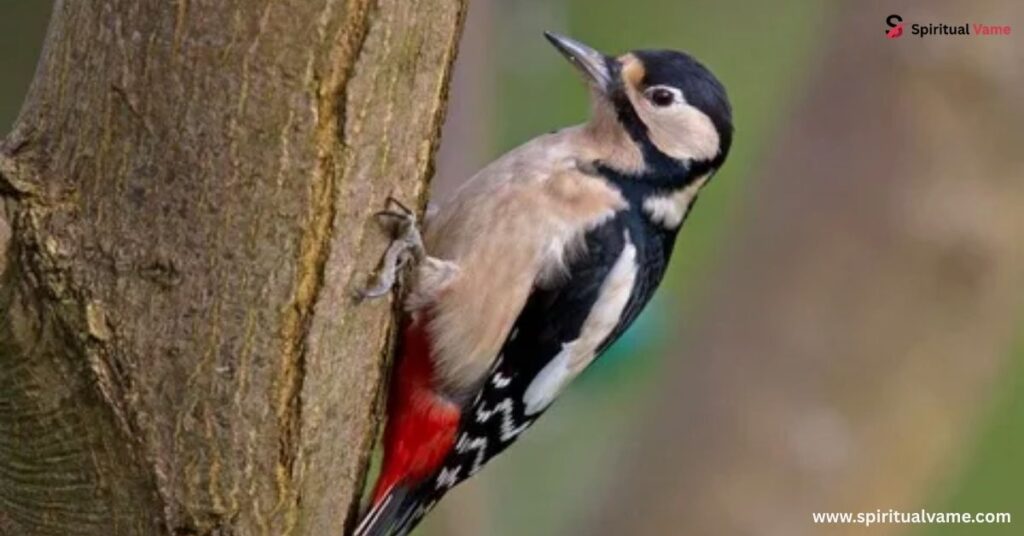
Shelter is just as important as food and water when trying to attract woodpeckers. These birds naturally seek out dead trees to drill and build nests. If it’s safe, leave a few tree snags standing on your property. They are perfect homes for woodpeckers and the insects they love to eat. If dead trees aren’t an option, installing birdhouses can help. Specially designed woodpecker houses mimic natural cavities.
Place your woodpecker house about 10 to 20 feet above the ground on a sturdy tree or post, ideally near food sources. Surround it with native plants and bushes to make it even more appealing. Over time, woodpeckers may move in permanently, especially if they feel safe from predators.
Attracting Too Many Woodpeckers
While it’s exciting to see woodpeckers flocking to your yard, sometimes you can attract too many. You might notice more drumming on your house siding or trees looking a little worse for wear. If that happens, it’s a sign that the food balance may need adjusting.
One easy fix is to slightly reduce the amount of suet mixture or suet pellets you put out and make sure you’re not attracting birds just for easy meals. Another tip is to diversify your yard with a variety of plants and natural food sources, like honey-producing beehives, berries, and pine seeds, to spread out the woodpecker population more naturally. Creating balance keeps your backyard healthy and happy for all wildlife.
How to Attract Woodpeckers to Your Garden
Turning your garden into a woodpecker haven is both rewarding and easy. Start by growing lots of native plants and trees. Species like oak, hickory, and maple not only provide shelter but also bear nuts and seeds that woodpeckers love. Adding berry-producing shrubs like elderberry, holly, and dogwood can give you bonus points too.
Keep your garden chemical-free. Going organic ensures a healthy population of insects like beetles, caterpillars, and grubs, which are essential in a woodpecker’s diet. Avoid using pesticides that could harm the natural food chain. A lively, buzzing garden full of tasty treats and safe hideouts will feel like paradise for any woodpecker flying by.
What Types of Woodpeckers Live in North America?
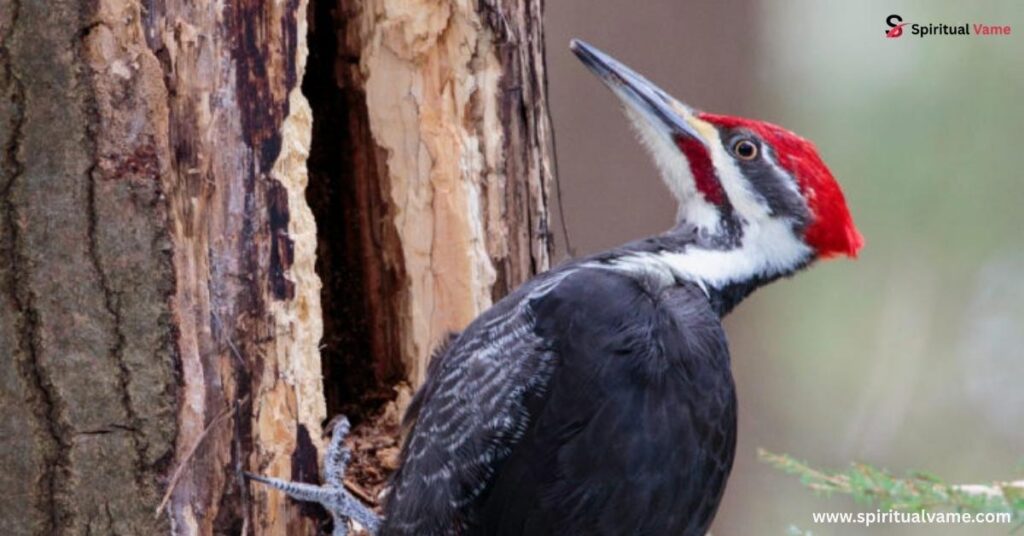
The USA is home to a wide variety of woodpeckers. The Pileated Woodpecker is one of the biggest and most impressive, often spotted near forests with lots of dead trees. Smaller species like the Downy and Hairy Woodpeckers are frequent visitors to suburban backyards.
Northern Flickers are unique because they often forage on the ground for ants. Red-headed Woodpeckers and Lewis’s Woodpeckers add bright colors to the mix with their flashy feathers. Each species has different preferences, but all appreciate yards filled with suet blocks, fruit trees, and natural nesting spots.
Why Grow a Woodpecker Habitat Garden?
Creating a woodpecker-friendly garden benefits more than just the birds. A healthy, balanced garden filled with native plants and trees supports a wide variety of other wildlife too. Pollinators like bees and butterflies thrive alongside birds when the environment is safe and rich in food.
Growing a habitat garden also helps teach kids and families about the importance of protecting nature. Watching woodpeckers tap out their rhythms or feed their young brings a deeper connection to the natural world. Plus, by supporting native birds, you help preserve local ecosystems for generations to come.
How to Attract Woodpeckers to Nest and Live
If you want woodpeckers to stick around for good, you need to offer more than just temporary snacks. First, grow native trees that provide strong branches, natural cavities, and plenty of insects. Oak, pine, and hickory trees are some of their favorites.
Second, add native plants underneath these trees. Vines like Virginia creeper and bushes like elderberry give extra shelter and food. Hanging suet bird feeders filled with suet hearts, suet flowers, or suet pyramids nearby makes it even more attractive for them to stay.
Lastly, make your yard safe and cozy by installing a birdbath for clean water, leaving tree snags and wood piles for natural nesting, making a woodpecker house tailored to their needs, and keeping your yard free from pesticides by going fully organic. Together, these steps build a complete home that woodpeckers will love for years.
Attracting and Photographing Pileated Woodpeckers
The mighty Pileated Woodpecker is a prize sight for any bird lover. Attracting them requires bigger trees, lots of room, and tons of tasty food like bark butter, suet blocks, acorns, and even natural insects found in deadwood. Setting up feeders with extra large suet cakes and planting native forests around your home are the best ways to lure them in.
Photographing these shy giants takes patience. Set up a quiet spot with natural cover near their favorite trees. Early mornings and late afternoons are the best times when the light is soft and woodpeckers are actively feeding. Use a long zoom lens, stay still, and enjoy the rare moment when a Pileated Woodpecker comes into view, drumming loudly on a hollow tree.
Conclusion
In conclusion, learning how to attract woodpeckers is a fun and rewarding hobby. If you offer suitable food sources like suet, insects, fruits, and nuts, you will see woodpeckers visiting your yard often. Remember, how to attract woodpeckers also means planting trees and providing natural shelter. Using suet feeders, suet cakes, and bark butter can help you even more. Try to create a peaceful space where birds feel safe and welcome.
Overall, knowing how to attract woodpeckers will make your garden full of life. Always keep fresh food like black oil, sunflower seeds, peanuts, and suet blocks ready. The more you learn about how to attract woodpeckers, the easier it will be to enjoy their beauty.

